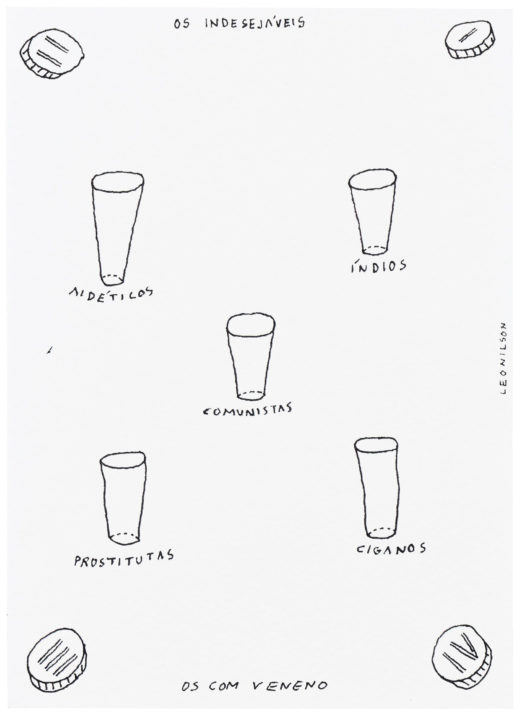Forging a Public Sphere: José Leonilson in the Folha de São Paulo
Between 1991 and 1993, the artist José Leonilson contributed a weekly illustration to Folha de São Paulo, Brazil’s highest circulation daily newspaper. This article argues that these drawings inserted a minoritarian voice into the public sphere in a way that contested its normative operations by emphasizing the micropolitical and the intimate, often through allegory. Some of the illustrations address AIDS, to which Leonilson succumbed two weeks after the last was published, and this article situates his work in relation to the intertwining discourses around sexuality, public health and media in Brazil at the time. What emerges is a conception of … Read more







